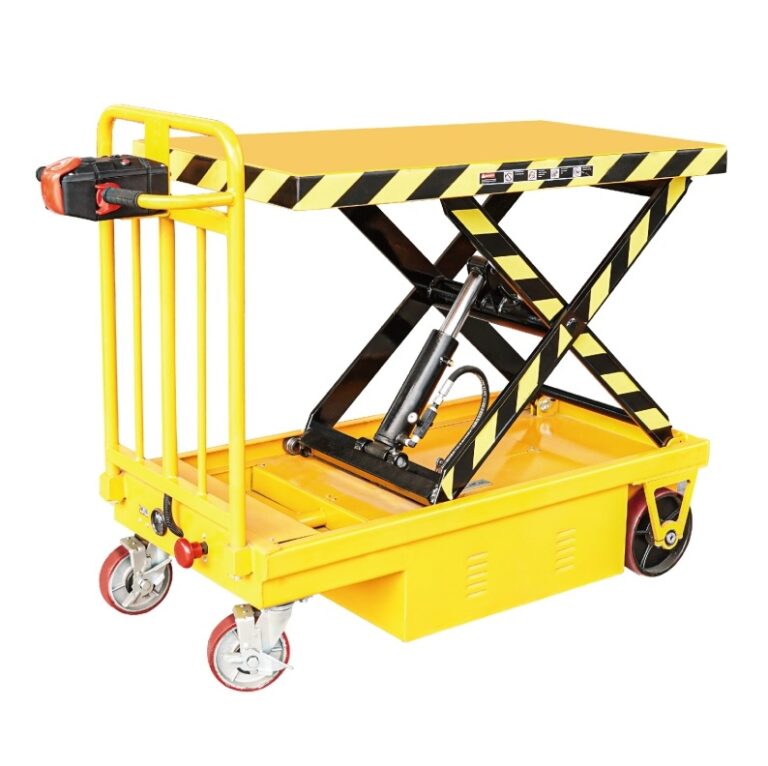Innovative Technologies Shaping the Future of Fork-lift Trucks
The material handling industry is experiencing a technological revolution, with advancements in fork-lift truck technology leading the charge. These innovations are transforming how businesses operate, improving efficiency, safety, and sustainability. Here’s a look at some of the cutting-edge technologies shaping the future of fork-lift trucks.
1. Automation and Autonomous Fork-lift Trucks
Automation is revolutionizing the material handling industry. Autonomous fork-lift trucks, also known as Automated Guided Vehicles (AGVs), are equipped with advanced sensors, cameras, and navigation systems that allow them to operate without human intervention. These autonomous vehicles can perform tasks such as picking, transporting, and stacking goods with high precision and efficiency. They reduce the need for manual labor and minimize the risk of human error.
2. Telematics and Fleet Management Systems
Telematics systems are transforming the way businesses manage their fork-lift truck fleets. These systems use GPS and wireless technology to monitor the real-time location, usage, and performance of each vehicle. Fleet managers can track maintenance needs, optimize routes, and analyze operational data to improve efficiency and reduce costs. Telematics also enable predictive maintenance, helping to prevent breakdowns and extend the lifespan of the equipment.
 Forklifts|China price manufacturer trade wholesale Lifting platform material handling Sale Buy Online | Forklift
Forklifts|China price manufacturer trade wholesale Lifting platform material handling Sale Buy Online | Forklift
3. Electric and Hybrid Fork-lift Trucks
The shift towards sustainability is driving the adoption of electric and hybrid fork-lift trucks. Electric fork-lifts produce zero emissions, making them an eco-friendly alternative to traditional diesel or gas-powered models. Advances in battery technology have improved the performance and longevity of electric fork-lifts, making them a viable option for a wide range of applications. Hybrid fork-lifts, which combine electric and internal combustion engines, offer the benefits of both technologies, providing flexibility and reduced environmental impact.
4. Advanced Safety Features
Safety is a top priority in the material handling industry, and modern fork-lift trucks are equipped with a range of advanced safety features. These include collision avoidance systems, automatic braking, and operator assistance technologies. Fork-lifts with integrated cameras and sensors can detect obstacles and pedestrians, enhancing safety in busy warehouse environments. Additionally, ergonomic designs and adjustable controls help reduce operator fatigue and improve overall safety.
5. Connectivity and the Internet of Things (IoT)
The integration of IoT technology is making fork-lift trucks smarter and more connected. IoT-enabled fork-lifts can communicate with other machines and systems within the warehouse, facilitating seamless coordination and automation. Real-time data from IoT sensors can be used to monitor the condition of the fork-lift, optimize its performance, and predict maintenance needs. This connectivity enhances operational efficiency and enables businesses to make data-driven decisions.
6. Augmented Reality (AR) and Virtual Reality (VR) Training
AR and VR technologies are transforming training programs for fork-lift truck operators. AR can overlay digital information onto the physical world, providing operators with real-time guidance and instructions. VR simulations create immersive training environments where operators can practice their skills in a safe and controlled setting. These technologies improve training effectiveness, reduce the risk of accidents, and help operators become proficient more quickly.
Conclusion
Innovative technologies are reshaping the future of fork-lift trucks, driving improvements in efficiency, safety, and sustainability. From automation and telematics to electric power and IoT connectivity, these advancements are setting new standards in the material handling industry. As these technologies continue to evolve, businesses can look forward to even greater innovations that will further enhance their operations and productivity.